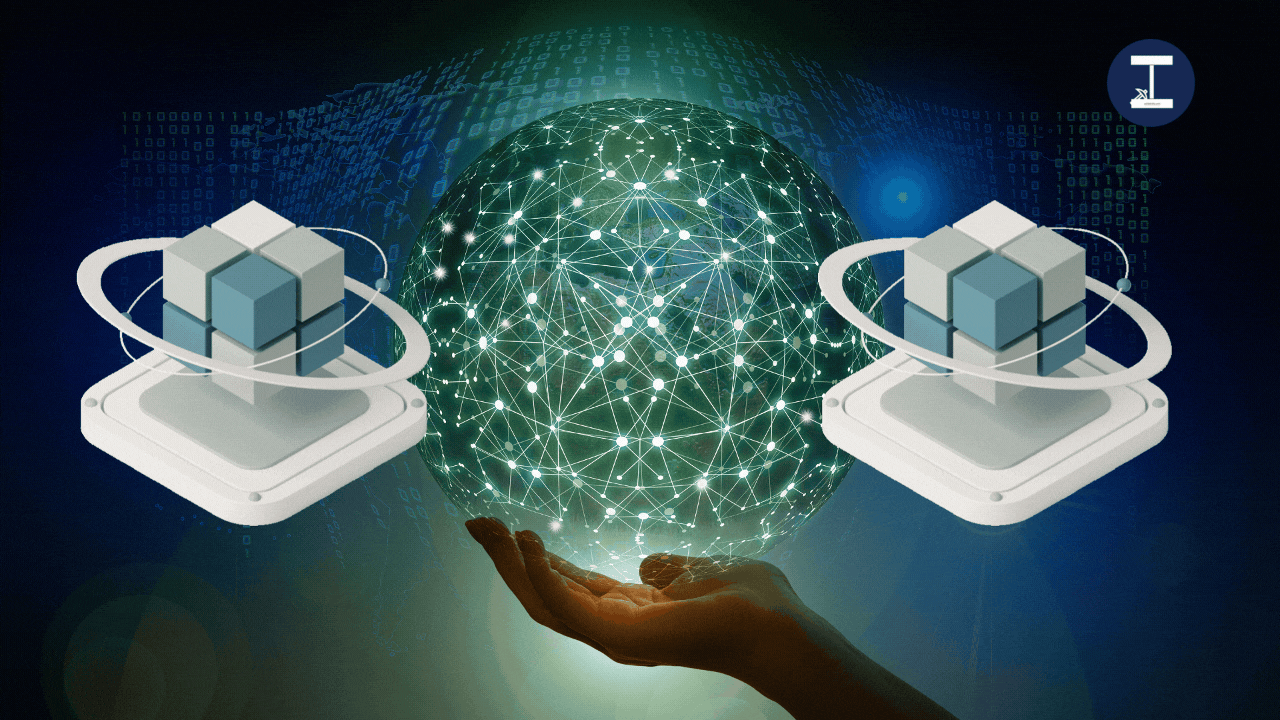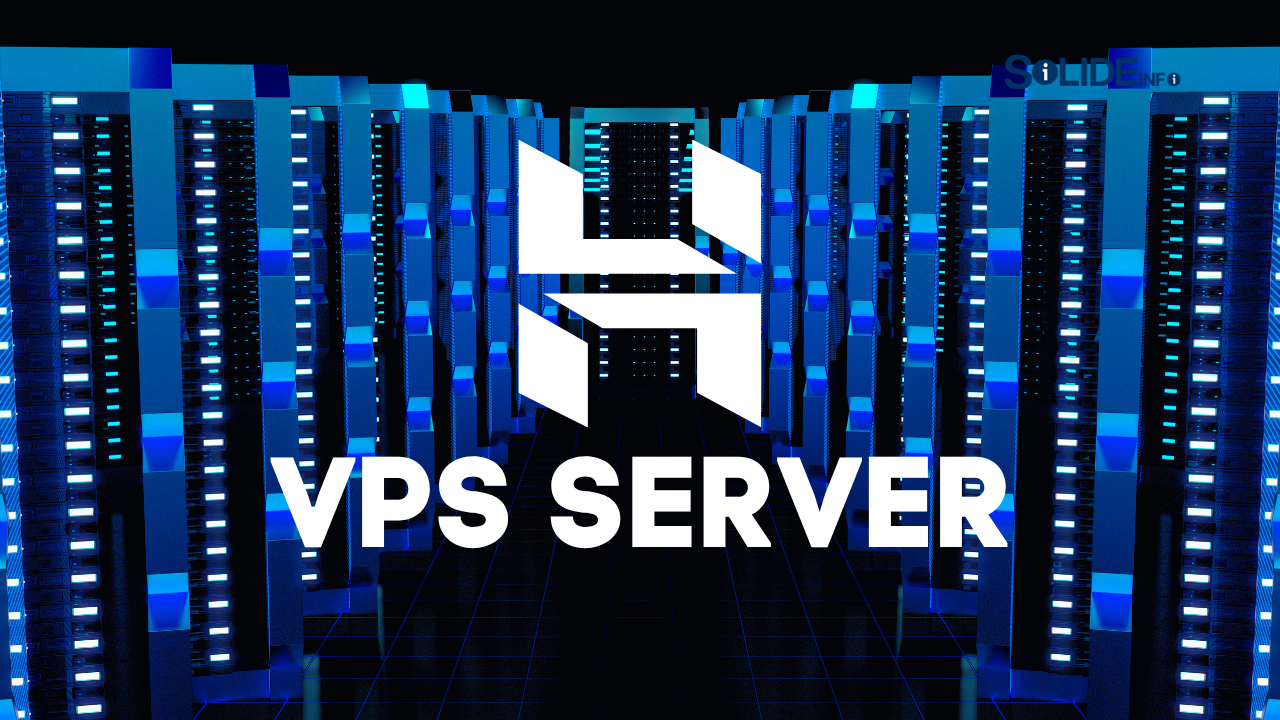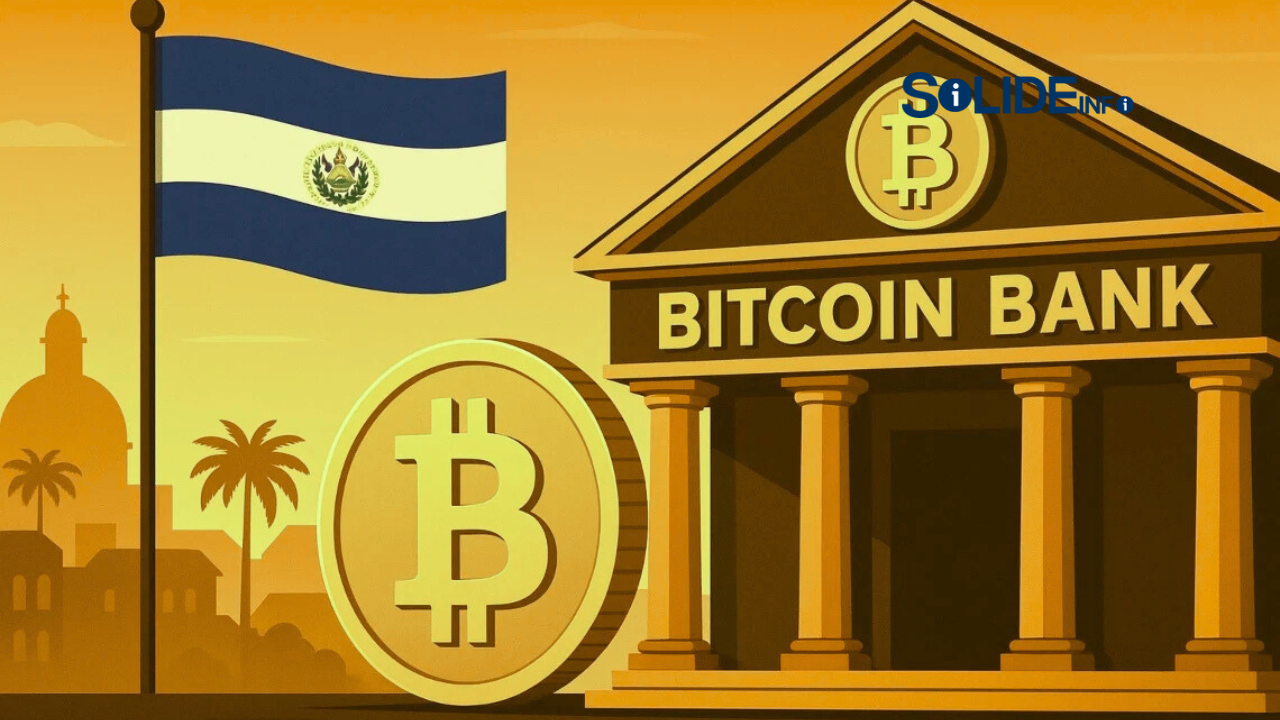Blockchain technology has revolutionized the way we think about digital transactions, and at the heart of every blockchain project lies its mainnet. But what exactly is a mainnet, and why is it so important? In this article, we’ll break down the concept of a mainnet, explore its role in blockchain ecosystems, and use Ethereum as a prime example to illustrate its significance.
What Is a Mainnet?
A mainnet, short for “main network,” is the live and fully functional version of a blockchain. It’s where real transactions occur, and cryptocurrencies hold actual economic value. Unlike testnets or experimental versions, a mainnet is the final product of a blockchain project, ready for public use.
On a mainnet, users can send and receive cryptocurrencies, trade non-fungible tokens (NFTs), and execute smart contracts. Every transaction is verified, recorded, and permanently stored on the blockchain. This transparency and immutability are what make blockchain technology so powerful.
Mainnets are typically public, meaning anyone with an internet connection can participate. However, the way transactions are validated depends on the blockchain’s consensus mechanism. For example:
- Proof of Work (PoW): Used by Bitcoin, PoW relies on miners solving complex mathematical problems to validate transactions.
- Proof of Stake (PoS): Used by networks like Tezos, PoS involves validators who “stake” their cryptocurrency to verify transactions.
Each transaction on a mainnet usually incurs a fee, which incentivizes validators or miners to process the transaction and prevents network spam.
Having a mainnet is a significant milestone for any blockchain project. It demonstrates that the project is operational, credible, and ready for real-world use. Without a mainnet, a blockchain remains theoretical, lacking the functionality and trust needed to attract users and investors.
Ethereum’s Mainnet: A Case Study
To better understand mainnets, let’s take a closer look at Ethereum, one of the most prominent blockchains in the industry.
Ethereum’s journey began in 2013 when Vitalik Buterin introduced the concept in a whitepaper. By 2014, the project had outlined its technical specifications in a yellowpaper and raised funds through an Initial Coin Offering (ICO). At this stage, Ethereum didn’t yet have a mainnet; the ICO was conducted on the Bitcoin blockchain.
Finally, on July 30, 2015, Ethereum launched its mainnet. This marked the beginning of a new era for decentralized applications (dApps) and smart contracts. The Ethereum mainnet introduced Ether (ETH), its native cryptocurrency, which is used to pay for transactions and execute smart contracts.
Over the years, Ethereum’s mainnet has undergone several upgrades, known as hard forks, to improve its functionality. Notable updates include:
- The DAO Fork (2016): A response to a major hack, this fork reversed fraudulent transactions.
- Byzantium and Constantinople (2017-2019): These upgrades improved scalability and reduced transaction fees.
- London Upgrade (2021): Introduced EIP-1559, which reformed Ethereum’s fee structure.
Today, Ethereum’s mainnet supports a vast ecosystem of tokens, including ERC-20 tokens like USDC, DAI, and UNI. These tokens rely on Ethereum’s infrastructure rather than having their own blockchains, showcasing the mainnet’s versatility and importance.
The Role of Testnets in Blockchain Development

While mainnets are the backbone of blockchain networks, they wouldn’t be possible without testnets. A testnet is a parallel environment where developers can experiment, test new features, and identify bugs without risking real assets.
For example, Ethereum’s Ropsten testnet played a crucial role in preparing for “The Merge,” Ethereum’s transition from PoW to PoS. Developers used Ropsten to simulate the migration, ensuring everything worked smoothly before deploying the changes to the mainnet.
Testnets are essential for maintaining the security and stability of mainnets. They allow developers to refine their projects, fix issues, and implement upgrades with confidence.
Conclusion
A mainnet is more than just a technical term in the blockchain world—it’s the foundation of a functional, transparent, and trustworthy network. From enabling real transactions to supporting decentralized applications, mainnets like Ethereum’s have transformed how we interact with digital assets.
As blockchain technology continues to evolve, mainnets will remain at the forefront, driving innovation and shaping the future of decentralized systems.
This article is for informational purposes only and should not be considered professional advice.



